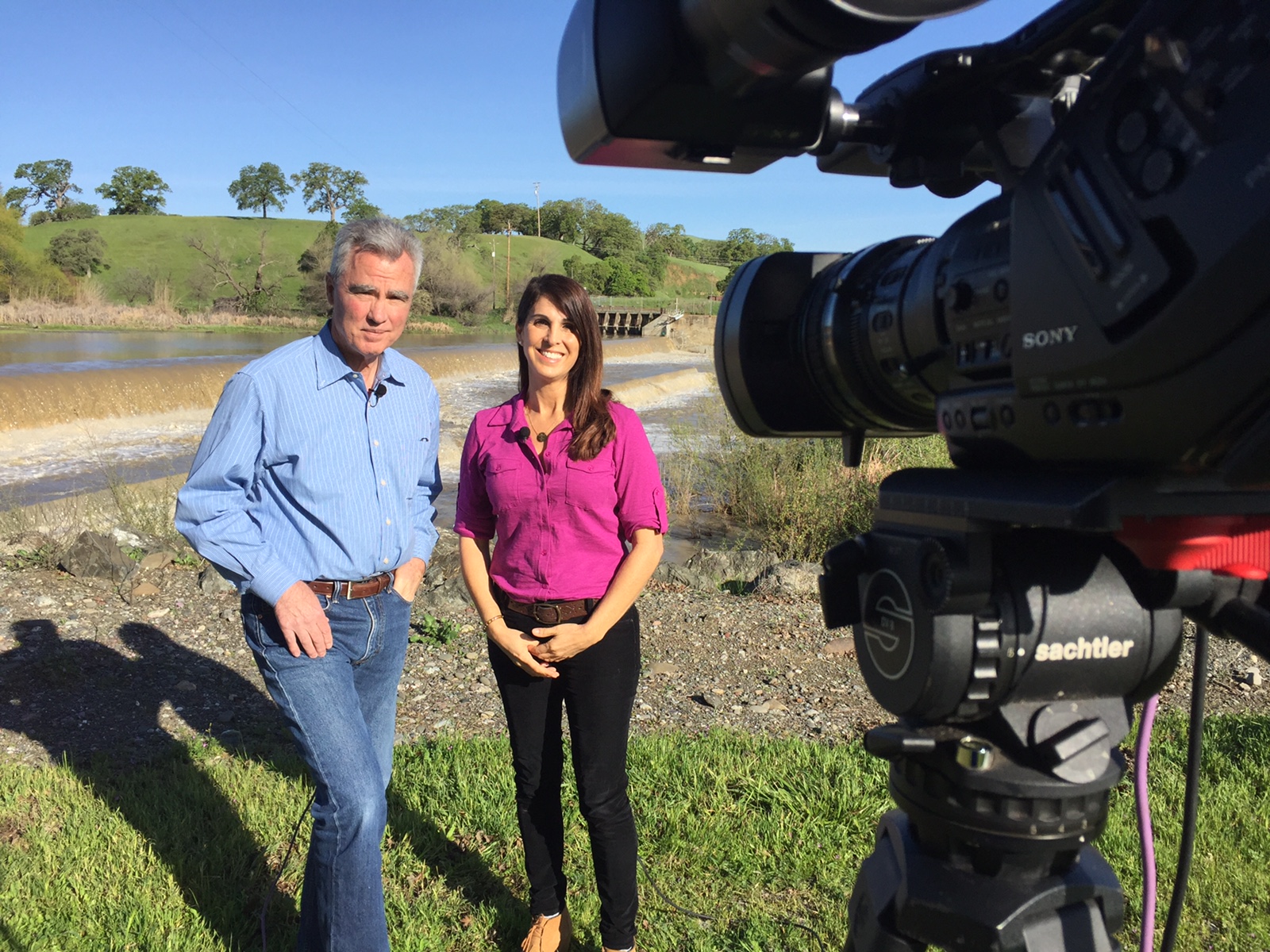The groundwater resources in the Sacramento Valley have been taxed during the past four dry years, with less surface water available and more reliance on groundwater resources. With the recent storms in Northern California and most of the Sacramento Valley in flood operations, now is an ideal time to recharge the groundwater resources to keep them in balance through the creative management of surface water resources. In Yolo County, the Flood Control and Water Conservation District is diverting water from Cache Creek into unlined canals as part of a concerted effort to recharge the important groundwater resources in Yolo County. The district’s General Manager, Tim O’Halloran, describes his vision for conjunctively managing surface and groundwater resources in the attached video.
The importance of recharging groundwater is receiving increased attention in California The Legislature in the 2014 Sustainable Groundwater Management Act (SGMA) found that “sustainable groundwater management in California depends upon creating more opportunities for robust conjunctive management of surface water and groundwater resources. Climate change will intensify the need to recalibrate and reconcile surface water and groundwater management strategies.” Furthermore, the Legislature expressed its intent “to increase groundwater storage and remove impediments to recharge.” (Water Code §10720.1)(g).)
The program in Yolo County was accelerated by the Governor’s Executive Order, which provided that: “To demonstrate the feasibility of projects that can use available high water flows to recharge local groundwater while minimizing flooding risks, the State Water Resources Control Board and California Regional Water Quality Control Boards shall prioritize temporary water right permits, water quality certifications, waste discharge requirements, and conditional waivers of waste discharge requirements to accelerate approvals for projects that enhance the ability of a local or state agency to capture high precipitation events this winter and spring for local storage or recharge, consistent with water rights priorities and protections for fish and wildlife.”





